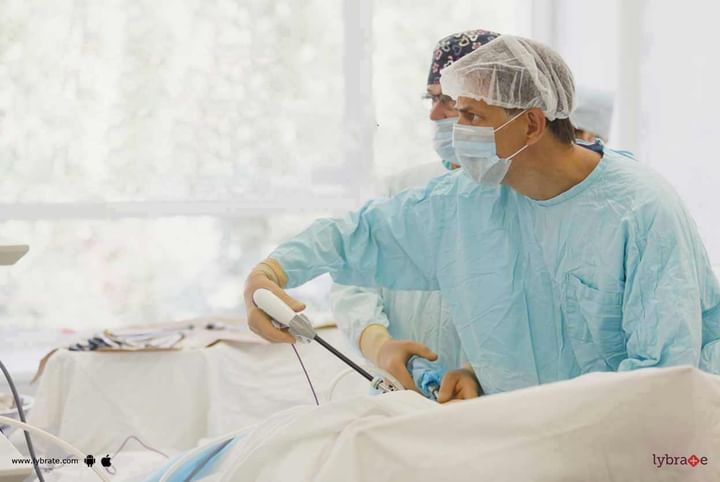Laparoscopic Surgeries - Know Pros & Cons Of Them!
Laparoscopic surgeries are minimally invasive surgeries where a very small incision is made on the patient’s belly button. After making this incision, a camera called the laparoscope is inserted from the hole and then the condition of the organ is evaluated upon a television screen in order to perform the operation. An air pocket via carbon dioxide is then made for the surgeon to carry out the operation. This procedure, although used widely has a couple of advantages and disadvantages which should be kept in mind before undergoing the surgery.
Advantages of Laparoscopic Surgeries
In comparison to a traditional, large surgery, laparoscopy is much more comfortable and is less painful as well. The small incision takes less amount of time to heal, therefore the patient is allowed to get back to his/her regular activities much sooner. Patients who go through laparoscopic surgeries spend less time in the hospital and get discharged on the same or the next day as well.
Laparoscopic surgeries help in reducing the risk of bleeding during the surgery as the incision is relatively very small than the ones made during traditional surgery. The amount of blood loss is minimal in such a case and therefore the need of blood transfusion is also decreased, significantly.
Another important factor which can be counted in is that, with the help of laparoscopic surgeries the risk of exposing the internal organs to contamination is also reduced. This allows the chance of post-operative infection risks to diminish as well.
Disadvantages of Laparoscopic Surgeries
Just like a coin which has two sides, laparoscopic surgeries also have its advantages and disadvantages which you need to consider before going through it. One of the most important factors is that laparoscopic surgeries are extremely expensive as the instruments required to carry out the operation is very costly. A number of less affluent hospitals can therefore not afford to have the instrument; this makes laparoscopic surgeries less accessible to a vast number of people.
Laparoscopic surgeries may not be suitable for complicated surgeries. The tools required to carry out a laparoscopic surgery may not be sufficient for an operation which needs a 3-dimensional field of vision. For surgeries where large chunks of tissues are to be removed, these minimally invasive surgeries are not preferred.
Laparoscopic surgeries may also need a second open surgery in case of any complication during the procedure. Thus, the risk of having two surgeries increases for patients who opt for laparoscopic surgeries. These surgeries also need a special skill set and every hospital is not equipped with specialized personnel who know how to operate the unit. Therefore, you should consider every aspect before going through the procedure.



+1.svg)
